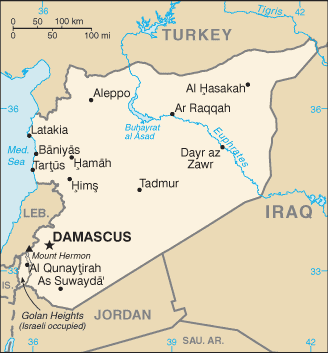With the northern reaches along the Turkish border increasingly under rebel control, some analysts were seeing a major shift in the civil war, the first one in quite some time.
 But the indications are that the moves were by design, with the Assad regime choosing to abandon smaller outposts that were simply not practical to defend, while shoring themselves up in other areas, notably the capital city of Damascus.
But the indications are that the moves were by design, with the Assad regime choosing to abandon smaller outposts that were simply not practical to defend, while shoring themselves up in other areas, notably the capital city of Damascus.
This has left the capital with solid defenses, but rebel officials, flushed by those gains against smaller bases elsewhere, insist that it proves the regime is on its last legs, and has encouraged them to launch a “final push” on the capital.
At the same time, there is no sign the capital is about to fall, and there have been no shortage of “final pushes:” in this civil war. Locals in the capital seem mostly pro-Assad, with his opponents having long-since fled, and a city now under siege hoping to maintain a sense of normalcy. In many ways, constant open-ended war is the new normal for Syria.


